| Recent Featured Videos and Articles | Eastern “Orthodoxy” Refuted | How To Avoid Sin | The Antichrist Identified! | What Fake Christians Get Wrong About Ephesians | Why So Many Can't Believe | “Magicians” Prove A Spiritual World Exists | Amazing Evidence For God | News Links |
| Vatican II “Catholic” Church Exposed | Steps To Convert | Outside The Church There Is No Salvation | E-Exchanges | The Holy Rosary | Padre Pio | Traditional Catholic Issues And Groups | Help Save Souls: Donate |  |




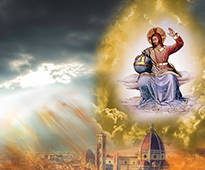
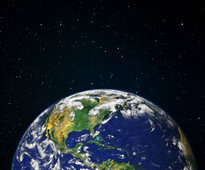
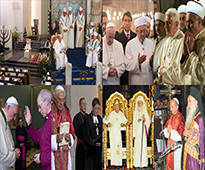
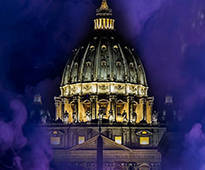

 " />
" /> " />
" /> " />
" /> " />
" />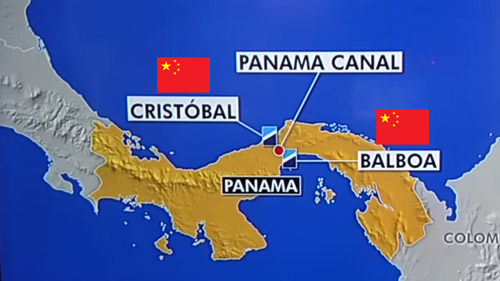 " />
" />




Where Cinnamon Comes From
Alison Spiegel huffingtonpost.com Do you know where cinnamon comes from? It's a spice we use all the time, but do you know where it grows and how it comes to be in our cinnamon buns? Cinnamon is one of those sweet spices that is so versatile -- in and outside the kitchen -- that we might even take it for granted sometimes. It goes well in savory dishes like soups and tagines, and can do wonders on meat and chicken. It also shines in desserts, like churros and cobblers, and is your best friend at breakfast. You can also use it in your beauty routine. It can help outaround the house and it may even have some healing properties. Cinnamon makes us think of Christmas and cozying up in front of the fire, but it also makes us think of apple pie in the fall and cinnamon sugar doughnuts at the summer farmers market. As much as we use cinnamon, it's not wholly apparently where we get it from. Its origin may surprise you, but if you give that cinnamon stick a second look, it will probably start to make a whole lot of sense. Cinnamon comes from bark. Specifically, it comes from the inner layer of bark derived from dozens of varieties of evergreen trees that belong to the genus Cinnamomum. Cinnamon farmers first shave the outer bark off the trees, and then shave off the inner bark -- the cinnamon layer. The cinnamon is then dried for use. When cinnamon is dried, it naturally curls up into "quills." Those quills are then cut into sticks or crushed into a spice powder. Most of the world's Ceylon cinnamon comes from Sri Lanka. By "most" we mean up to 80-90 percent. Cassia cinnamon mainly comes fromIndonesia, which is responsible for about two thirds of the crop. The rest comes from China, Vietnam and Burma... It can be used as an air freshener and an ant and moth repellant. to read more: huffingtonpost.com
Sign up for our free e-mail list to see future vaticancatholic.com videos and articles.
Recent Content
^